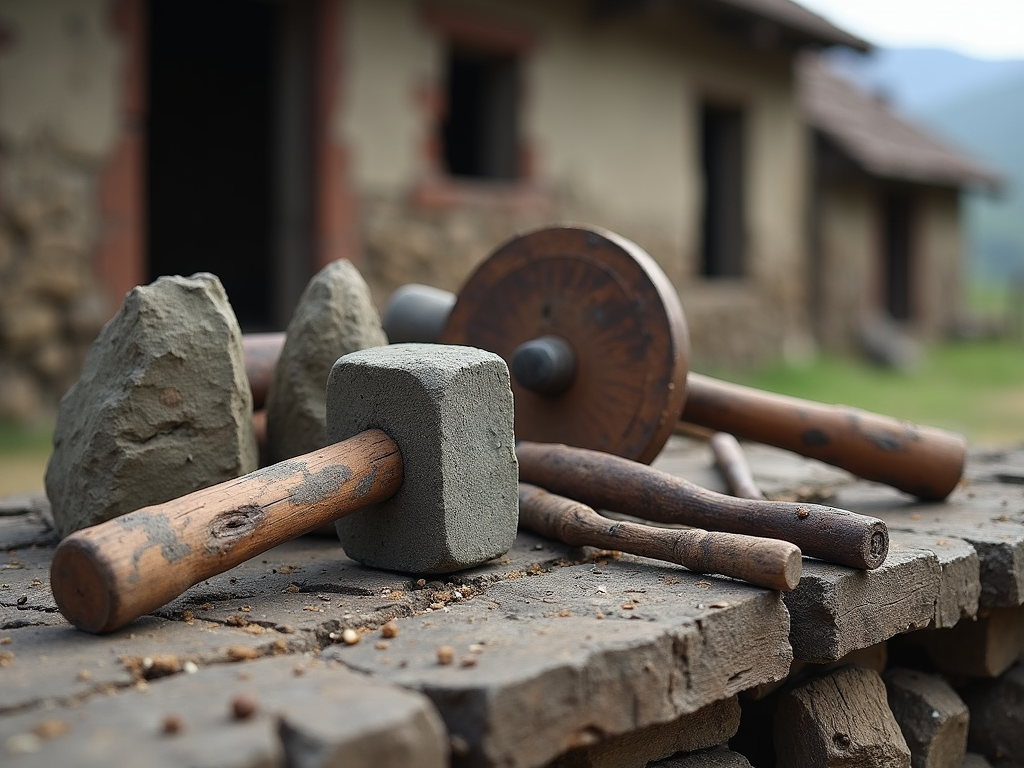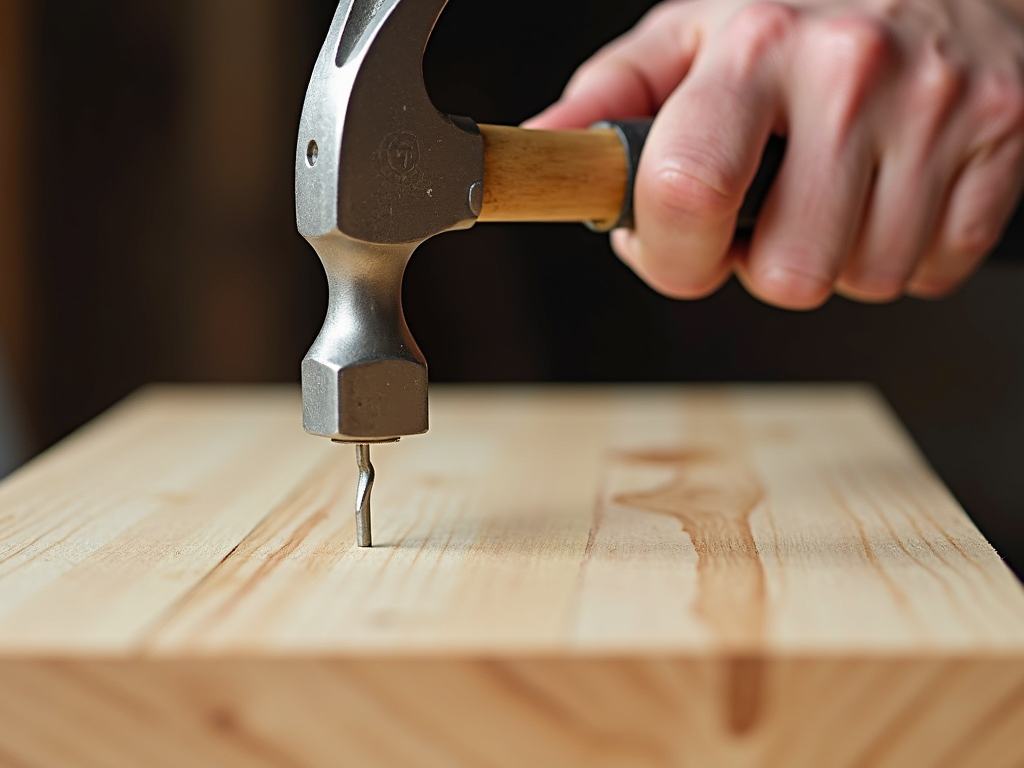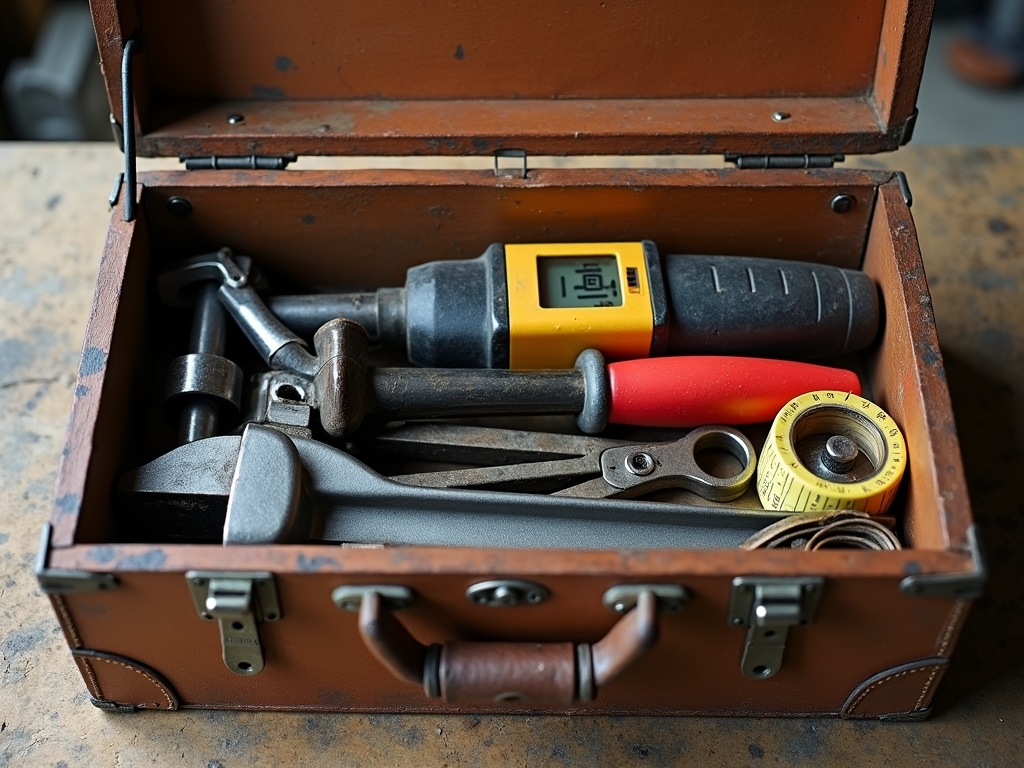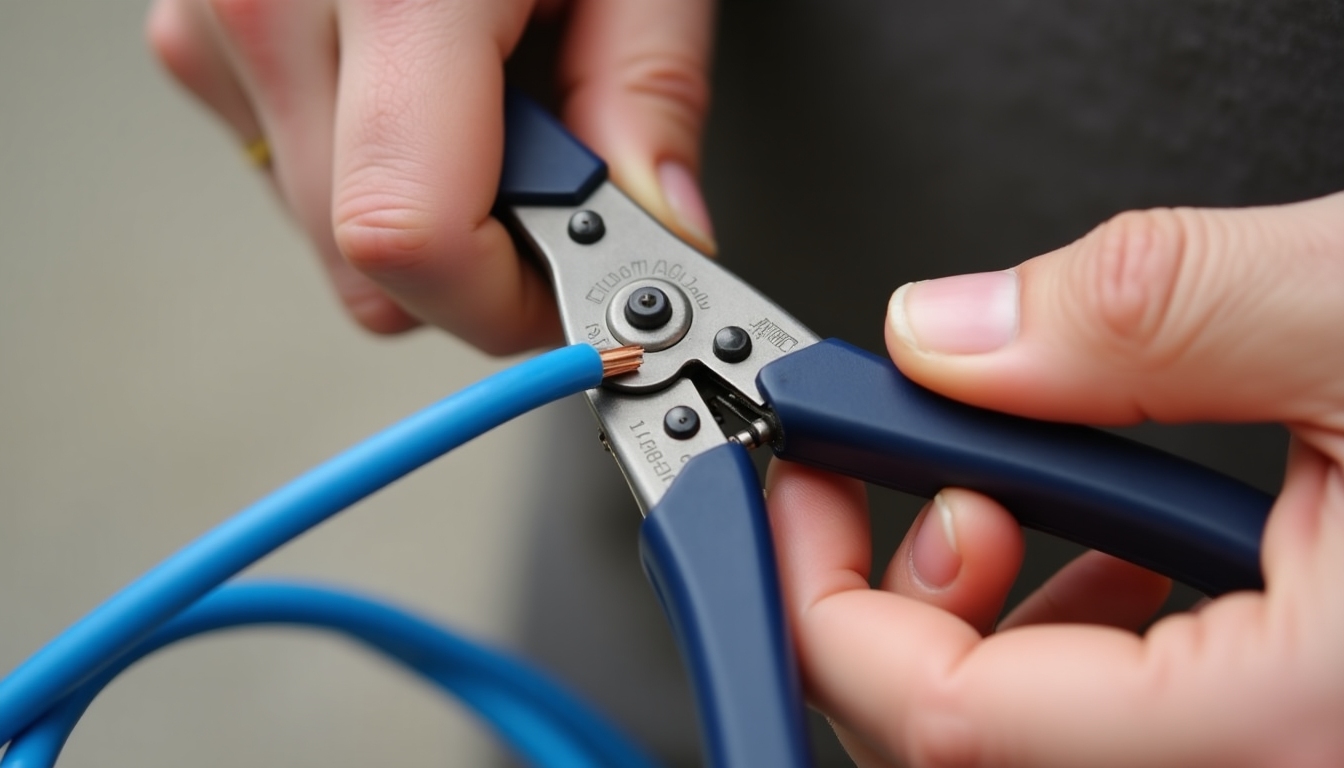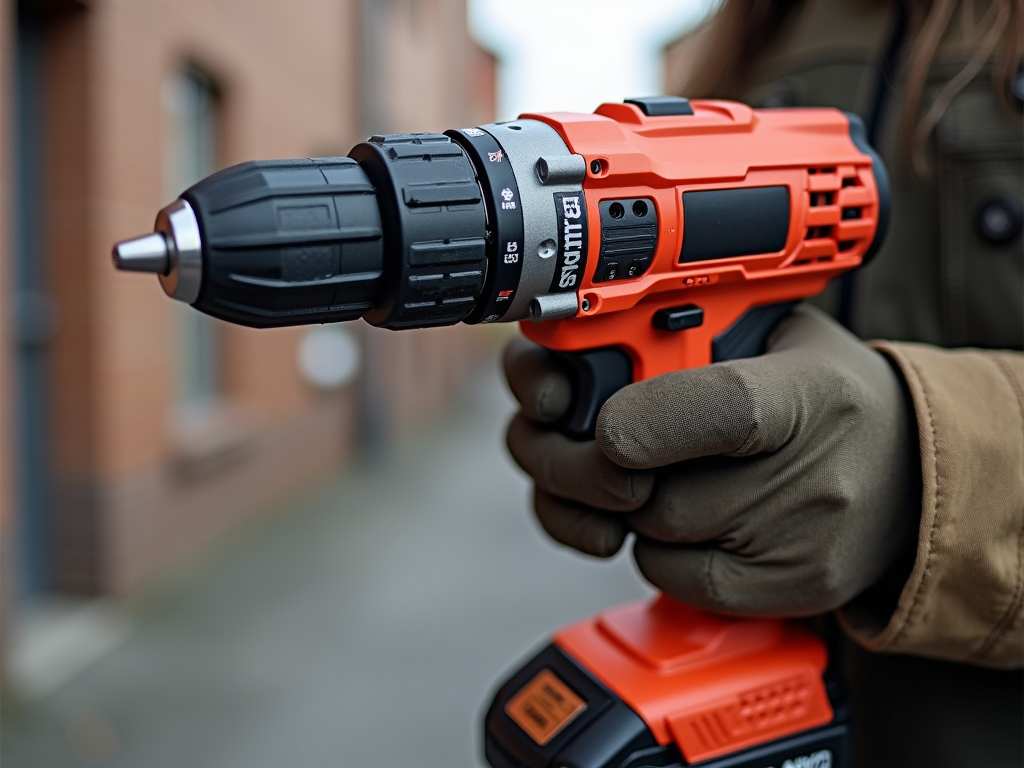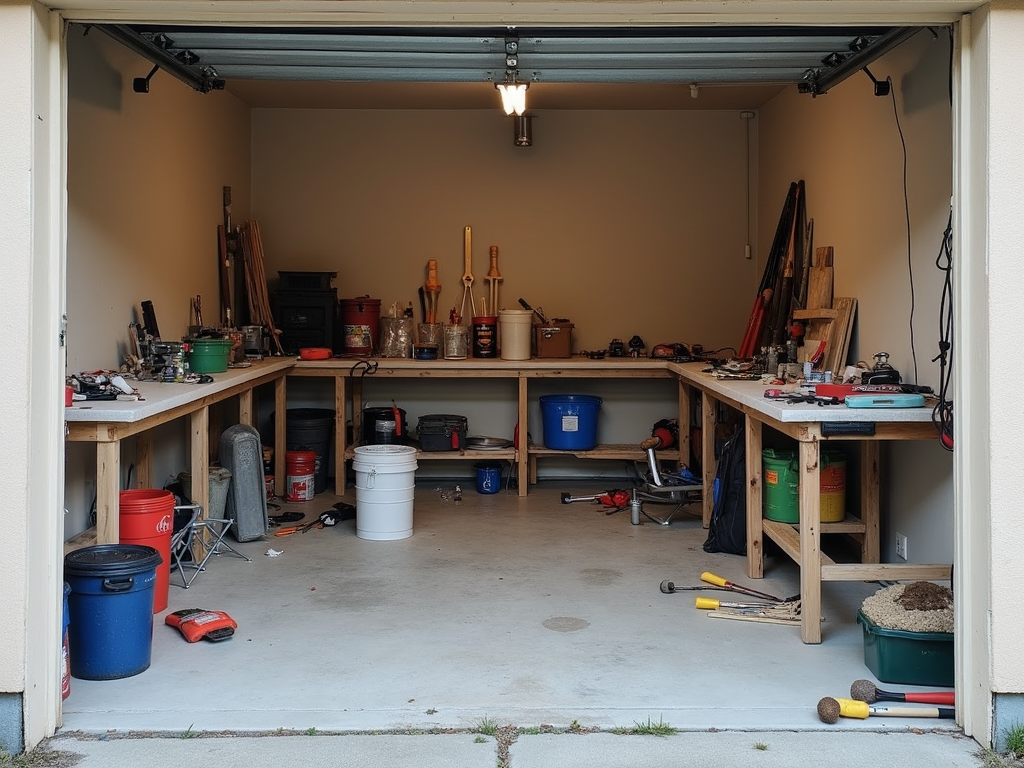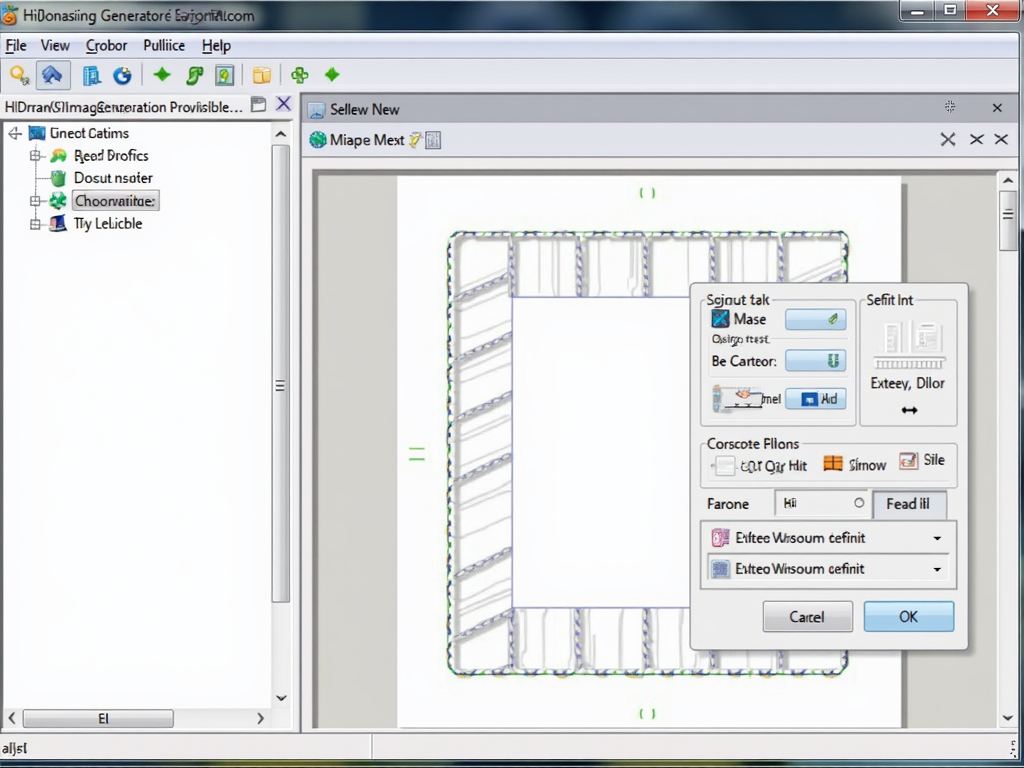Overview
Choosing the right tools is crucial for any tradesperson. This article explores how ergonomic tools, particularly wrenches, can improve your work efficiency and comfort.

What Are Ergonomic Tools?
Ergonomic tools are designed to fit the user's body and reduce physical stress. They are shaped to minimize awkward postures and excessive force, which can lead to injuries over time. For example, an ergonomic wrench might have a handle that contours to your hand, making it easier to grip and turn without straining your wrist.
Ergonomics is the science of designing products and environments to fit the people who use them. In the context of tools, this means creating designs that reduce physical stress and enhance user comfort. According to the Occupational Safety and Health Administration (OSHA), musculoskeletal disorders (MSDs) account for a significant portion of workplace injuries, many of which can be prevented with proper tool design and use.
By using ergonomic tools, tradespeople can minimize the risk of developing conditions like carpal tunnel syndrome, tendonitis, and back pain. These tools are not just a luxury; they are a necessity for maintaining long-term health in physically demanding jobs.
Additionally, ergonomic tools can improve work quality. When you're not distracted by discomfort, you can focus better on the task at hand, leading to fewer mistakes and higher precision.
Factors to Consider When Choosing Tools
When selecting tools for your trade, keep these factors in mind:
-
Type of work: The nature of your work dictates the tools you need. For example, if you're a plumber, you'll need pipe wrenches and basin wrenches, whereas a carpenter might require chisels and saws. It's important to have tools that are specifically designed for your trade to ensure efficiency and safety.
-
Frequency of use: If you use a tool daily, it's worth investing in a high-quality version. Cheaper tools might save money upfront but can wear out quickly, leading to more frequent replacements and potentially higher costs over time. Moreover, using a subpar tool can slow you down and increase the risk of injury.
-
Personal comfort: Everyone's hands and working styles are different. Some people prefer tools with larger handles, while others might need smaller ones. It's a good idea to try out tools before buying them, if possible, to see how they feel in your hand. Many tool manufacturers now offer ergonomic lines with various handle options to cater to different preferences.
-
Durability: Look for tools made from robust materials that can withstand regular use. High-quality tools are often made from materials like chrome vanadium steel, which is strong and resistant to corrosion.
-
Budget: While quality tools can be expensive, they often pay off in the long run through better performance and longevity. However, there are also budget-friendly options that don't compromise on quality, so it's worth shopping around.
By considering these factors, you can select tools that not only get the job done but also make your work more enjoyable.
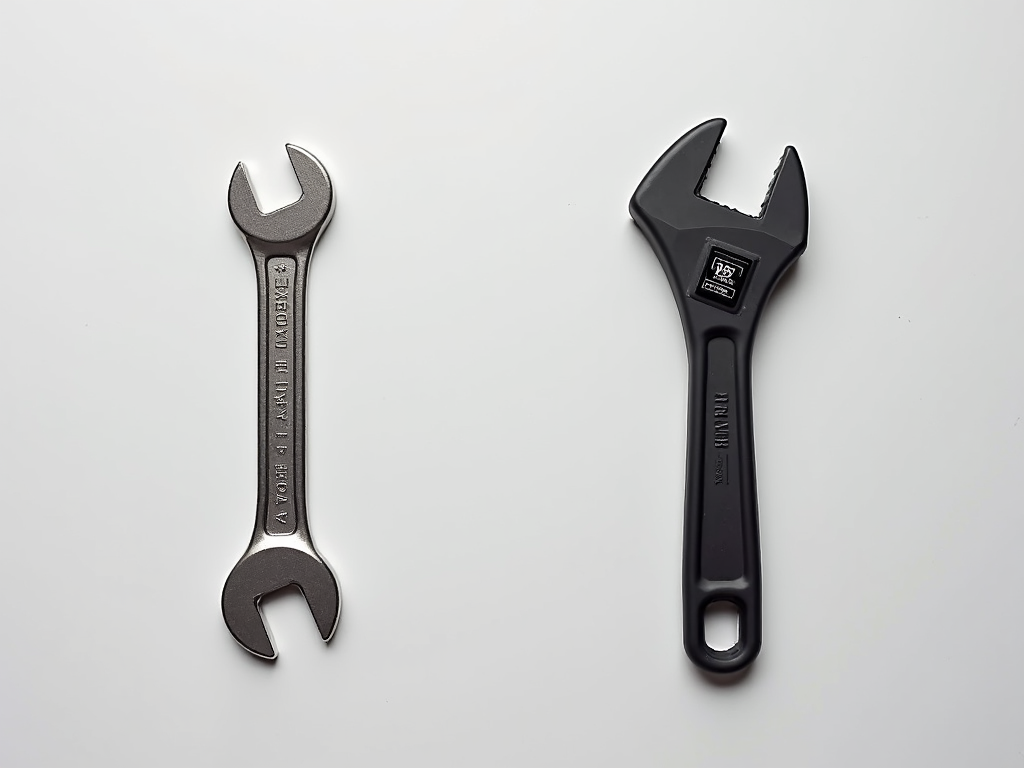
Choosing the Right Wrench
Wrenches are a staple in many trades, used for tightening and loosening nuts and bolts. There are several types of wrenches, each with its own advantages:
-
Adjustable wrenches: Also known as crescent wrenches, these are versatile because they can fit various sizes of nuts and bolts. However, they might not provide as secure a grip as fixed wrenches, and the adjustable mechanism can wear out over time.
-
Fixed wrenches: These include open-end wrenches and box-end wrenches, each designed for specific sizes. They offer a better grip and are less likely to slip, but you might need a set to cover different sizes.
-
Ratcheting wrenches: These combine the convenience of a ratchet with the functionality of a wrench, allowing you to turn bolts without repositioning the tool. They are especially useful in tight spaces where movement is limited.
When choosing a wrench, consider the specific tasks you'll be performing. For instance, if you often work in confined areas, a ratcheting wrench might be a better choice. If you need versatility, an adjustable wrench could be sufficient.
Also, pay attention to the wrench's material and construction. High-quality wrenches are typically made from chrome vanadium steel, which is strong and resistant to corrosion. Some wrenches also have a chrome-plated finish for added durability.
Ergonomic Wrenches for Reducing Hand Strain
Ergonomic wrenches are designed to minimize hand and wrist strain. They often feature:
-
Contoured handles: These fit the natural shape of your hand, providing a better grip.
-
Cushioned grips: These reduce pressure on your hand and absorb shock.
-
Angled designs: Some wrenches have angled heads to allow for a more natural wrist position.
Using ergonomic wrenches can make a significant difference, especially if you use them frequently. They can help prevent conditions like carpal tunnel syndrome and tendonitis, which are common among tradespeople.
For example, a wrench with a textured, cushioned grip can reduce the amount of force you need to apply, making it easier to turn bolts without straining your hand. Similarly, an angled head can allow you to maintain a straight wrist, reducing the risk of injury.
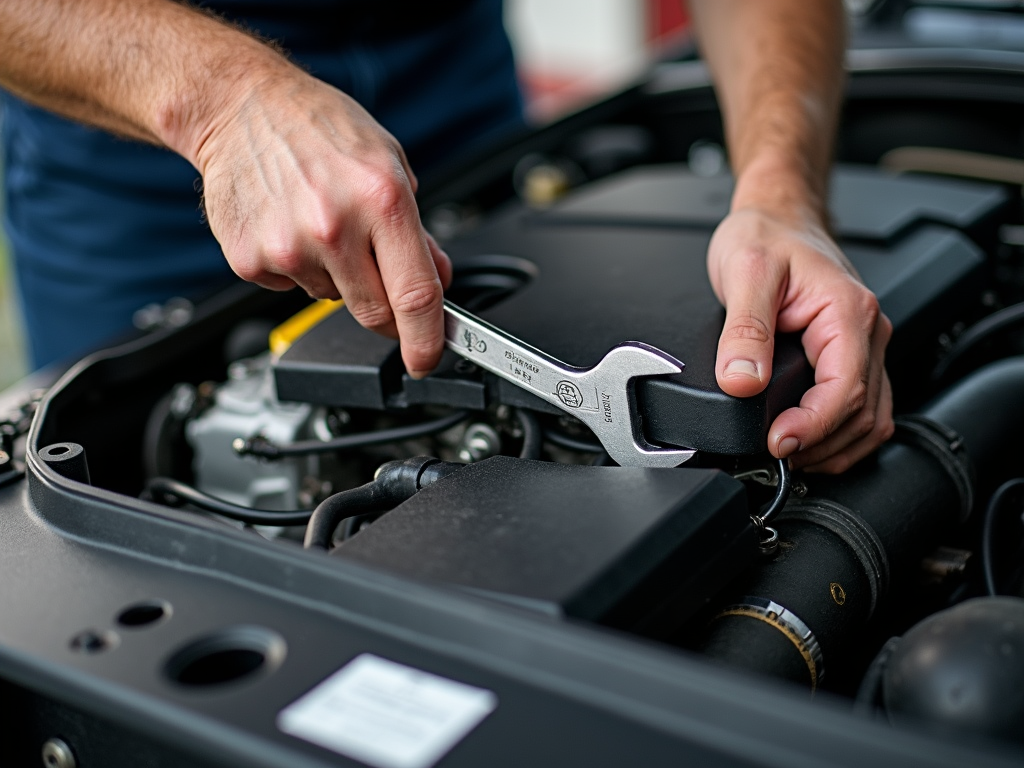
Innovations in Workman Tools Enhancing Comfort
The tool industry is constantly evolving, with new designs and materials aimed at improving user comfort and efficiency. Some recent innovations include:
-
Lightweight materials: Tools made from advanced alloys or composites are lighter, reducing fatigue.
-
Adjustable features: Tools with adjustable handles or heads can be customized to fit the user.
-
Vibration reduction: Some tools have built-in mechanisms to dampen vibrations, protecting your hands and arms.
-
Smart tools: There are even tools with sensors that can provide feedback on usage, helping you work more efficiently.
For instance, some wrenches now come with torque indicators that alert you when you've reached the desired tightness, preventing over-tightening. Others have interchangeable heads, allowing you to switch between different sizes without carrying multiple tools.
These innovations not only make tools more comfortable to use but also enhance their functionality, making your work easier and more precise.
Personal Insights: A Tale of Two Wrenches
Imagine you're a mechanic working on a car engine. You have two wrenches: one is a standard wrench, and the other is an ergonomic wrench with a cushioned grip and angled head.
With the standard wrench, after a few hours of work, your hand starts to ache, and you notice you're slowing down. But when you switch to the ergonomic wrench, you find that you can work longer without discomfort, and your precision improves because you're not fighting against the tool.
This simple switch can make a big difference in your daily work, allowing you to complete tasks faster and with less physical strain. While this is a hypothetical scenario, it reflects the real benefits that many tradespeople experience when they invest in ergonomic tools.
Conclusion
Choosing the right tools for your trade is essential for efficiency, safety, and comfort. By considering factors like the type of work, frequency of use, and personal comfort, you can select tools that enhance your performance. Ergonomic tools, particularly wrenches, offer significant benefits by reducing strain and increasing productivity. Innovations in tool design continue to improve user experience, making work easier and more enjoyable. Invest in the right tools, and you'll see the difference in your work.
Related Choosing the Right Tools for Your Trade:
- The Evolution of Workman Tools: From Past to Present
- Must-Have Hand Tools for Every Beginner: A Comprehensive Guide
- Essential Workman Tools for Plumbing and Maintenance: A Comprehensive Guide
- What’s New in Workshop Tech for 2024: Innovations Shaping the Future
- The Role of Thermal Imaging in Modern Industry
- Comprehensive Guide to Workman Tools for Beginners
- Comprehensive Guide to Workshop Equipment Maintenance: Tips and Best Practices
- How to Choose the Right Workbench for Your Needs: A Comprehensive Guide
- Top 10 Must-Have Tools for Every Construction Worker
- Power Tool Evolution: A Detailed History
- Mastering Small Space Organization: Tips for Workman Tools
- From Digital to Physical: Using HiDream Image Generator to Plan Your Rotary Tool Projects
